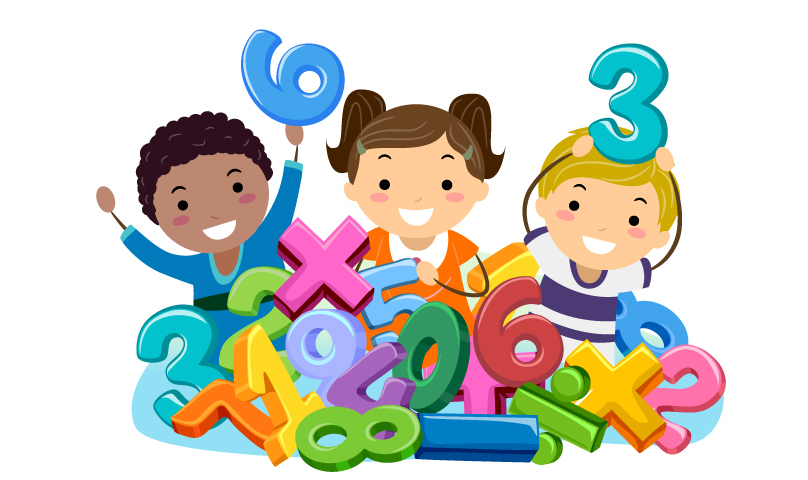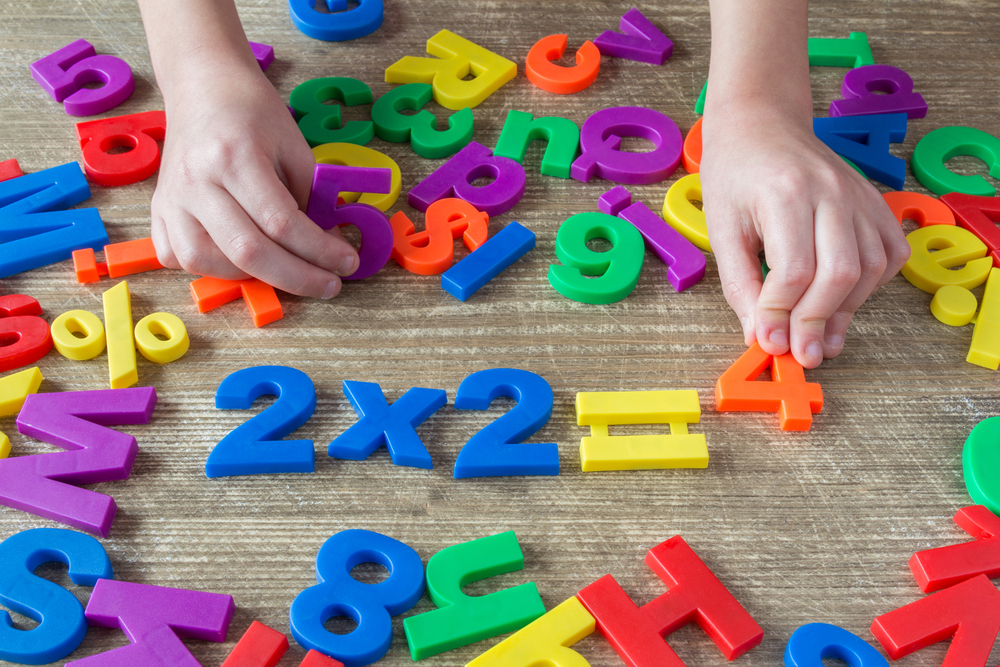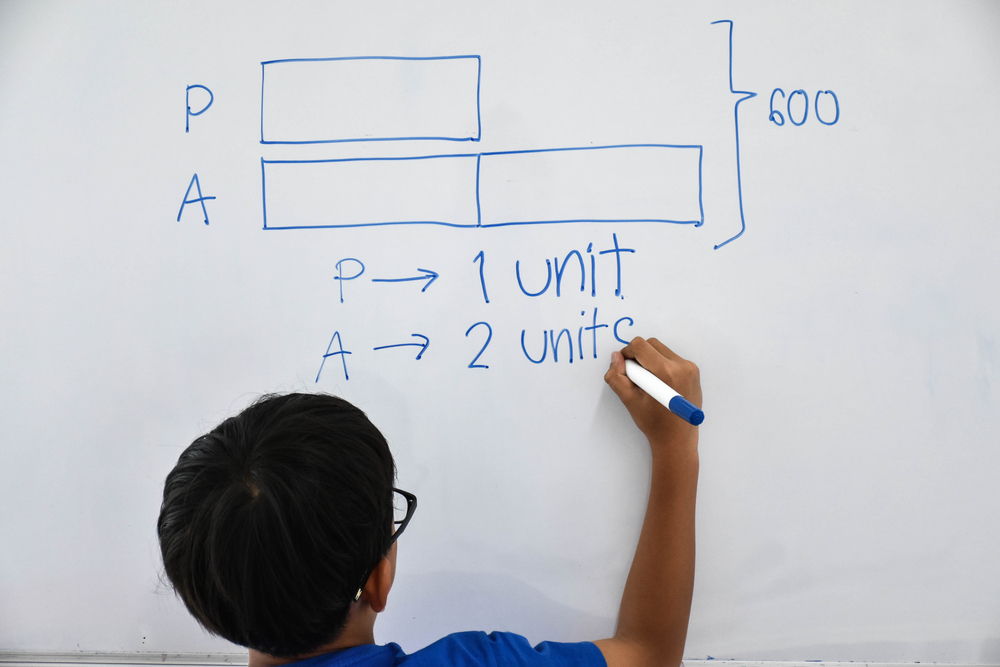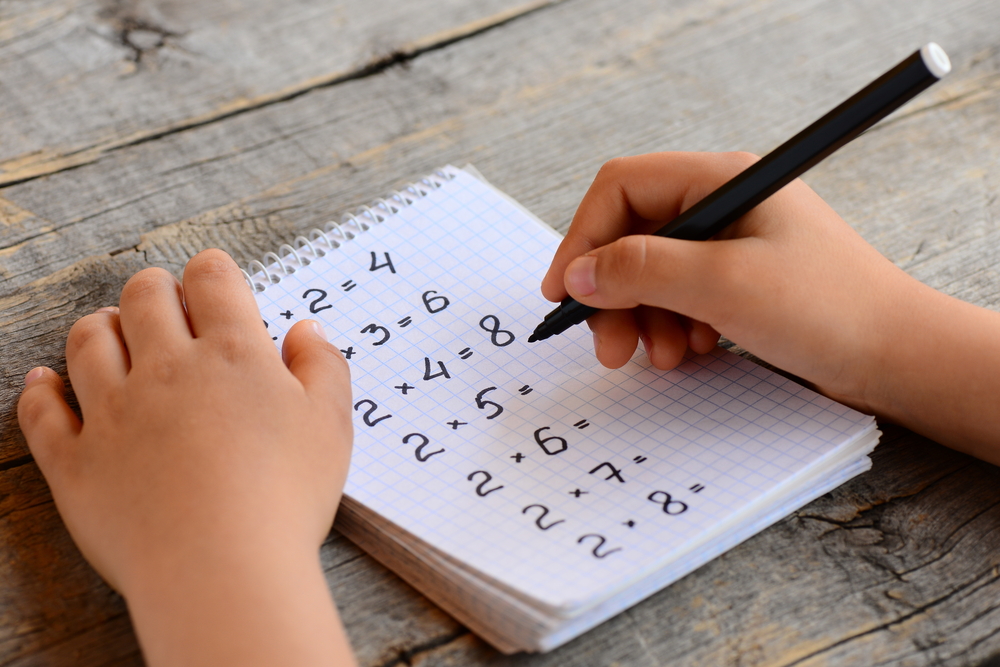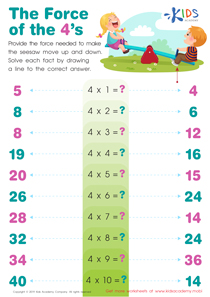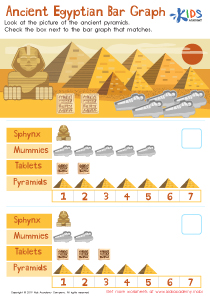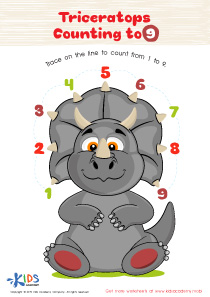Easy Arrays Worksheets for Ages 3-8
8 filtered results
-
From - To
Discover our collection of Easy Arrays Worksheets, specially designed for children ages 3-8 to build foundational math skills! Our engaging and colorful worksheets introduce young learners to the concept of arrays, helping them visualize and understand essential multiplication and grouping concepts. Each worksheet features clear instructions and fun activities that reinforce learning through play. Perfect for home or classroom use, these worksheets encourage creativity while enhancing critical thinking. Foster a love for math and support your child's learning journey with our easy-to-use resources that promote confidence and success in mathematics. Explore the fun of arrays and watch your child's skills flourish!


Fruity Array Quest Worksheet
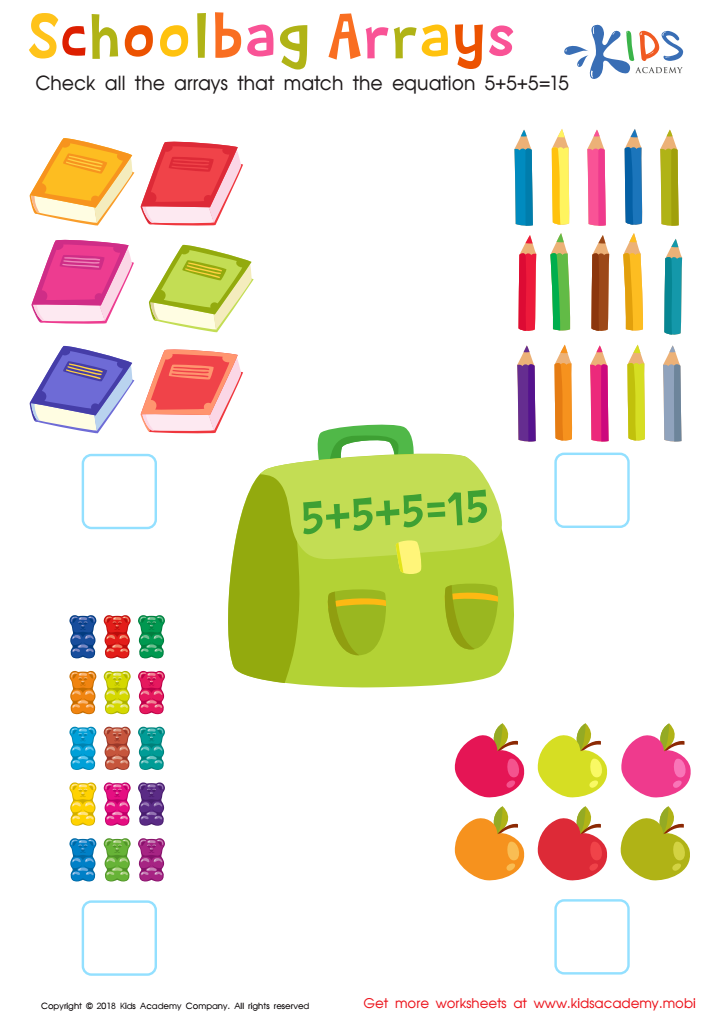

Schoolbag Arrays Worksheet


Colorful Arrays Bingo Worksheet


Party Arrays Worksheet
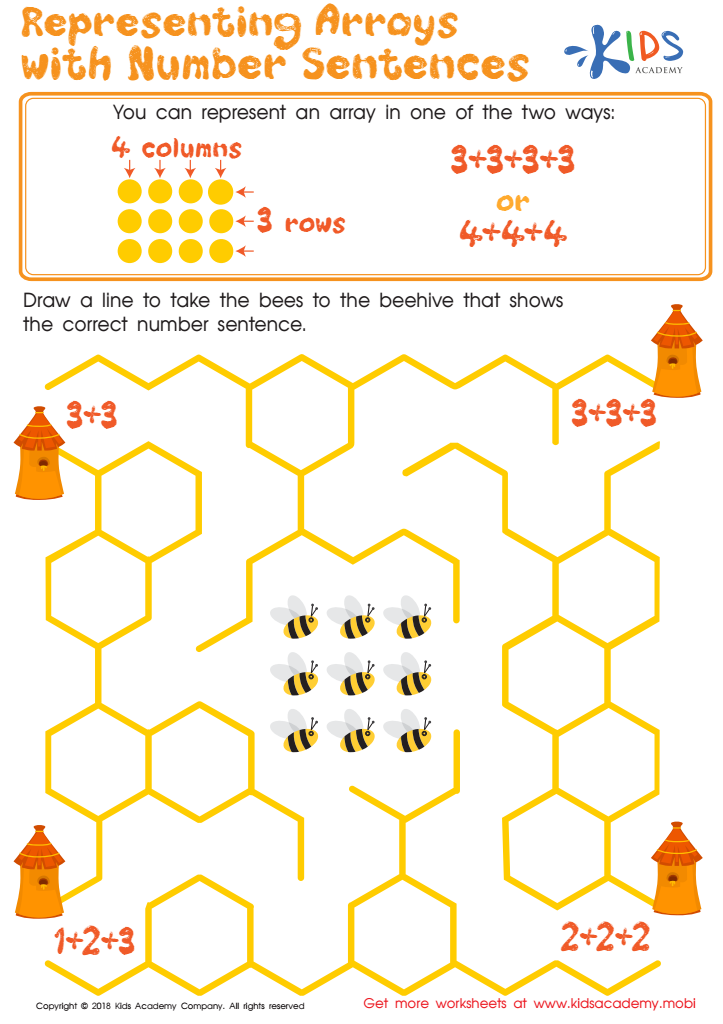

Representing Arrays with Number Sentences Worksheet
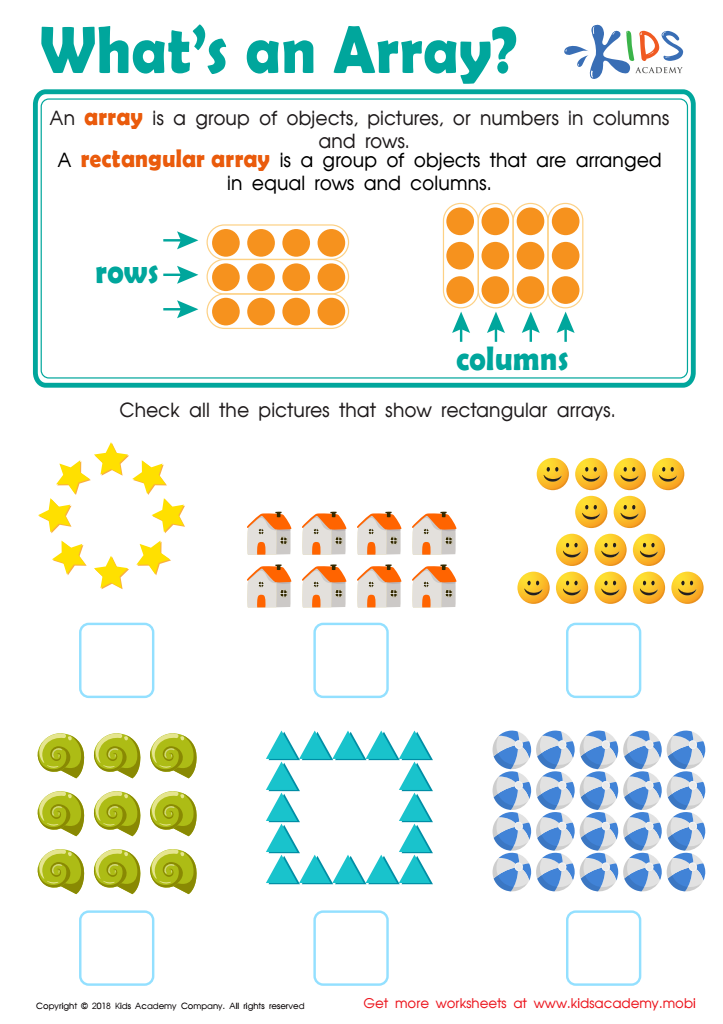

What's an Array? Worksheet
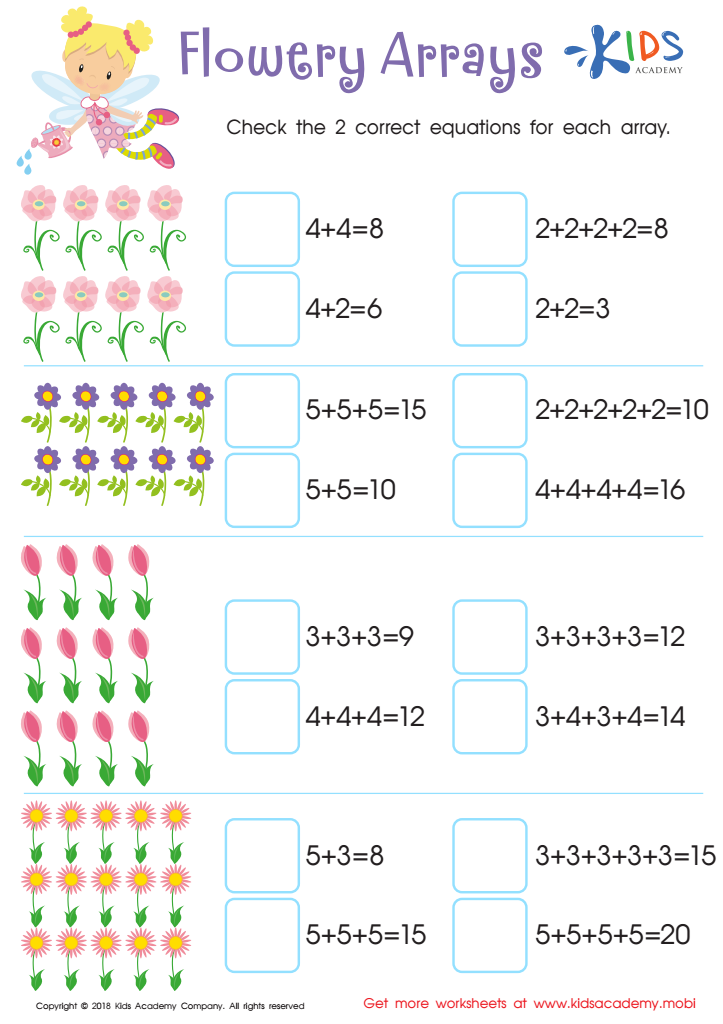

Flowery Arrays Worksheet
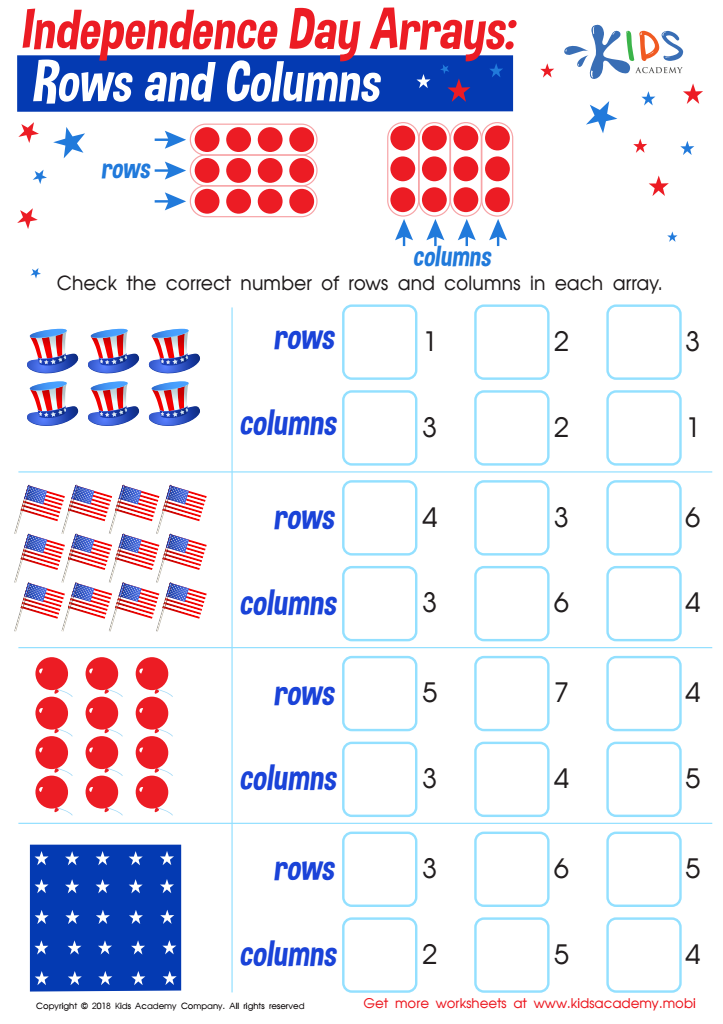

Independence Day Arrays: Rows and Columns Worksheet
Easy Arrays is a valuable educational tool designed for children aged 3-8, aimed at enhancing foundational math skills and fostering a love for learning. Parents and teachers should care about Easy Arrays because it introduces the concept of arrays in a simple and engaging way, which aids in developing early mathematical understanding. Arrays are a fundamental concept in mathematics that help children visualize and comprehend multiplication, addition, and even division in a structured manner.
By using Easy Arrays, children can learn to group items in rows and columns, making abstract mathematical concepts more concrete and understandable. This method supports the development of critical thinking and problem-solving skills, as students can manipulate objects to break down complex problems into manageable parts. Additionally, it encourages independence and confidence, as children explore these concepts at their own pace.
Incorporating Easy Arrays into learning experiences caters to different learning styles, accommodating visual, auditory, and kinesthetic learners. Ultimately, Easy Arrays fosters a solid mathematical foundation, which is crucial for future academic success and encourages a positive attitude towards math. By prioritizing tools like Easy Arrays, parents and teachers invest in children’s long-term cognitive development and enjoyment of learning.
 Assign to My Students
Assign to My Students



